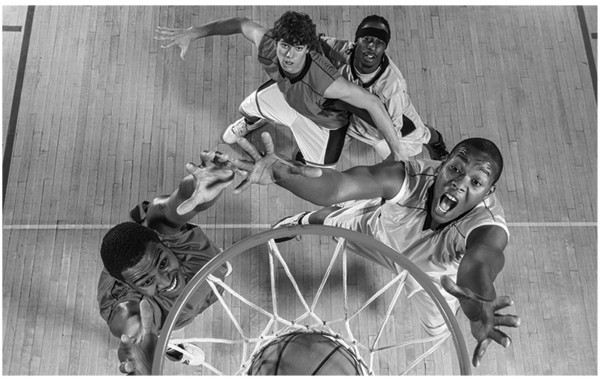Reduce the risk for sports eye injuries

Encouraging children to play sports can be good for their minds and bodies. However, players risk injury anytime they engage in sports play, and the eyes are among athletes’ most vulnerable body parts.
The American Family Physician says sports cause more than 40,000 eye injuries each year, though 90 percent or more of them can be prevented. A 2018 study in the journal Pediatrics found that basketball caused almost 16 percent of eye injuries in children between 1990 and 2012. The next activities to cause the highest amounts of eye injuries included baseball/softball and nonpowder gun use, such as airsoft rifles and pellet guns.
The American Academy of Ophthalmology advises that the single-best way to protect the eyes during activities is through the use of protective eyewear. Regular glasses alone are not effective. The AAO indicates that protective eyewear should feature a type of lens made of a shatterproof plastic known as polycarbonate lenses. This eyewear should be utilized during basketball, racquet sports, soccer, and field hockey. Polycarbonate lenses are impact-resistant and are the thinnest and lightest lenses available. Look for products that meet standards set forth by the American Society of Testing Materials.
Some sports may require more extensive gear, such as a face mask. It can still be adviseable to wear eye protectors under the face mask. The AFP says this is particularly true for “one-eyed athletes,” or those who have less than 20/40 vision in one eye, even when corrective lenses are used.
The National Eye Institute says that, currently, most youth sports leagues do not require the use of eye protection. In order to safeguard young athletes, parents and coaches can insist that children wear safety glasses or goggles during games, even if the league doesn’t mandate it.
An eye doctor can examine children’s eyes and make recommendations for prescription or non-prescription eye protection to be used during sports play. Learn more about eye health at www.aao.org.

